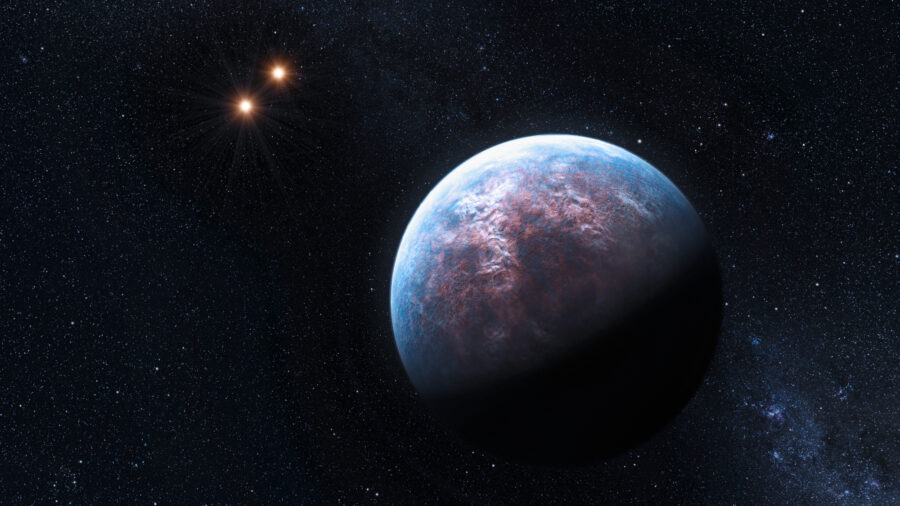Scientists Found A Planet In Another Galaxy
Scientists have discovered a totally new planet in another galaxy. It was something of a lucky break for those peering into the cosmos
This article is more than 2 years old

Radioactive evidence of a planet orbiting mid-transit outside our galaxy may have been spotted for the first time, NASA reports on Monday. Reflected optics courtesy of the Chandra X-ray Observatory (CXO) found an exoplanet candidate in a binary system located in the Messier 51 (or “Whirlpool”) galaxy 28 million light-years away. The celestial body in question is twice the size of Saturn, circling its designated star system at about twice the distance of Saturn from our Sun. Though reaffirming its status as a viable exoplanet will take astronomers another 70 years to prove or disprove, it is the first extragalactic object of its kind to be detected by modern X-ray Binary technology.
A binary star is a unique star system comprised of two stars — one compact and another decidedly more luminous — closely orbiting the same barycenter (or center of mass). Like a parasite invariably feeding on its host, a black hole or a neutron star would be drawing in gaseous material from a relatively normal companion sun, causing nearby celestial bodies in transit to become superheated and emit electromagnetic radiation easily observable by one of NASA’s four Great Observatories. A transit happens when a moon or planet cuts between a sun-like star and the observer, illuminating the foreground. In the case of our mysterious new exoplanet, sometime this week it passed between M51-ULS-1 (its binary star system) and Chandra’s mirror technology, producing a significant dip in the curvature of light coming in.
Using X-ray Binary to pinpoint the existence of certain planets depends on the size of the object and its relative distance from a star; bigger planets like the Whirlpool find tend to eclipse most of their native sun, while smaller ones are harder to see in transit given that they only block out a tiny portion of bright X-rays. The discovery of the M51 planet was indeed a lucky break; the X-ray transit detected only lasted three hours before dwindling to zero. The reason being, soft X-ray feed carries far less energy than its hard equivalent, resulting in most Chandra data being largely ephemeral. And yet monitoring even the slightest change in X-ray wavelengths is the only conceivable way to discover new planets.

As Roseanne Di Stefano of the Center for Astrophysics in Harvard & Smithsonian explains, “We are trying to open up a whole new arena for finding other worlds by searching for planet candidates at X-ray wavelengths, a strategy that makes it possible to discover them in other galaxies.” Previous exoplanets are based in the Milky Way galaxy.
Unfortunately, one three-hour session isn’t enough to ascertain the empirical existence of such a faraway planet. Astronomers would need a second glimpse to make sure. The bad news is while its position in the cosmos is well-documented, the next transit isn’t expected to occur until 70 years pass in Earth time. What we do know of the exoplanet isn’t promising. Orbiting so close to a neutron star or a black hole implies its interior is far from livable.
In a binary system this bleak, it would have had to endure a supernova twice — first when the black hole formed, and second when its companion star finally dies. The planet is likely teeming with high levels of radiation and is thus not conducive to human life. Restoring order would presumably take millions of years. Still, any extragalactic find is a good find. Until Monday, NASA wasn’t even sure exoplanets in other, neighboring galaxies existed. Humanity has been observing 55 systems in M51, 64 in Messier 101 (the “Pinwheel” galaxy), and 119 in Messier 104 (the “Sombrero” galaxy). And only the spiral Whirlpool galaxy yielded a vaguely discernible planet.
Di Stefano and her colleagues at NASA remain tirelessly committed to searching for other planets outside the Milky Way galaxy. Aside from Chandra, the European Space Agency’s XMM-Newton satellite is also in use.












